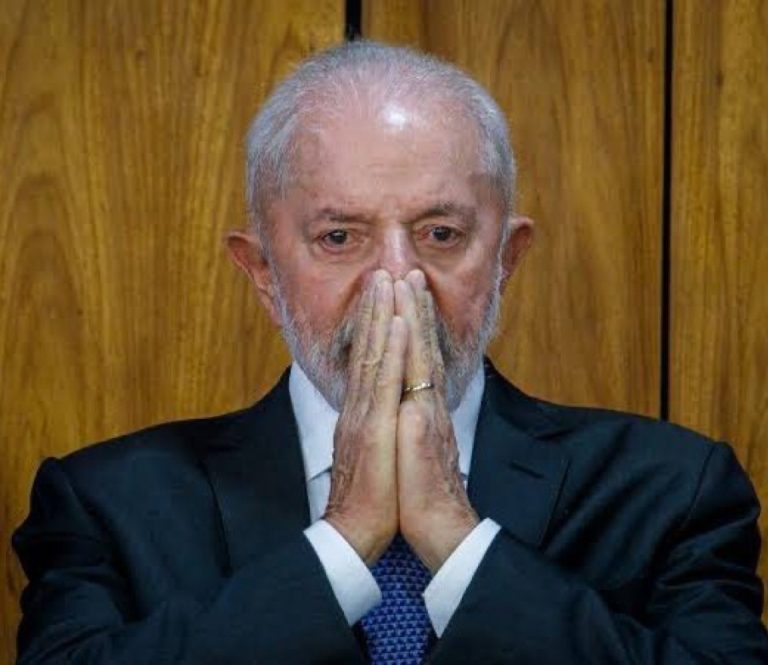Brazil’s Central Bank Faces Tough Call on Interest Rates Amid Economic Heat and Fiscal Concerns
Brazil’s economy is running hot, and unease over President Luiz Inacio Lula da Silva’s spending plans ianalysts on edge as the central bank’s monetary policy committee, known as Copom, prepares for its interest-rate decision this week. With the benchmark Selic rate already at 14.75%—its highest in nearly two decades after a 425-basis-point tightening cycle since September 2024—the question is whether policymakers will push borrowing costs even higher to curb persistent inflation or pause to assess the economic fallout.
The backdrop is a Brazilian economy showing surprising resilience. First-quarter GDP growth surged to 1.4%, driven by robust household consumption, fixed investments, and a strong agricultural sector, according to government data. April’s IBC-Br index, a key gauge of economic activity, also exceeded expectations, signaling continued momentum despite the central bank’s aggressive rate hikes. Yet, this growth comes with a catch: inflation remains sticky, clocking in at 5.32% for the 12 months through May, well above the central bank’s 3% target (plus or minus 1.5 percentage points). Core price pressures, a tight labor market, and Lula’s stimulus measures—like payroll-deductible loan tweaks and minimum wage hikes—are stoking fears that inflation could spiral further.
Lula’s fiscal agenda is adding fuel to the fire. Since taking office in 2023, his administration has prioritized revenue-raising measures, including a recent hike in the financial transactions tax (IOF) and proposed levies on online betting and financial institutions. These moves aim to close a primary budget deficit, but they’ve drawn ire from lawmakers and business leaders who argue they stifle growth. Congress has pushed back with 22 bills to block tax increases, while Brazil’s federal debt hit a record 7.617 trillion reais ($1.33 trillion) in April, driven by high interest payments at the current Selic rate. Moody’s Ratings recently downgraded Brazil’s credit outlook to stable from positive, citing larger deficits and slow structural reforms, a warning shot to Lula’s team.
Analysts are split on Copom’s next move. A Reuters poll of 39 economists conducted June 9-12 found 27 expect the Selic to hold at 14.75% on June 18, a shift from May when most anticipated a 25-basis-point hike. Bank of America predicts a unanimous decision to pause, noting the real interest rate—near 9.5%—is well above the 5% neutral level, keeping policy deeply contractionary. Itau’s chief economist, Mario Mesquita, argues rates may stay elevated into 2026 to anchor inflation expectations back to 3%. Yet, some, like Galapagos Capital’s Tatiana Pinheiro, see a final 25-basis-point hike to 15%, citing resilient economic activity and persistent price pressures.
Market sentiment reflects the uncertainty. Posts on X indicate a 70% chance of a 25-basis-point hike, with investors wary of fiscal risks and the IOF hike’s limited impact on monetary tightening. Meanwhile, Brazil’s real has strengthened, buoyed by a wide interest-rate differential with the U.S., though high borrowing costs are squeezing small businesses, which employ over half the workforce. The central bank’s data-driven approach, emphasized by Governor Gabriel Galipolo, suggests flexibility, but global uncertainties—such as U.S. trade tariffs—add another layer of caution.
Lula’s government, grappling with a 28% approval rating per a recent Datafolha poll, is banking on agriculture to drive growth above last year’s 3.4%. Finance Minister Fernando Haddad insists new fiscal measures, expected to yield $7.2 billion annually, aren’t mere tax hikes but corrections to public accounts. Still, the standoff with Congress and rising debt underscore the delicate balance between growth and fiscal discipline.
As Copom meets, the stakes are high. Holding rates could signal confidence that inflation is peaking, especially after May’s lower-than-expected 0.26% monthly price increase. But another hike risks choking growth and alienating a public already frustrated with Lula’s economic stewardship. Whatever the decision, Brazil’s central bank is walking a tightrope, with inflation, debt, and political pressures threatening to tip the balance.
*Source: Bloomberg.com*


